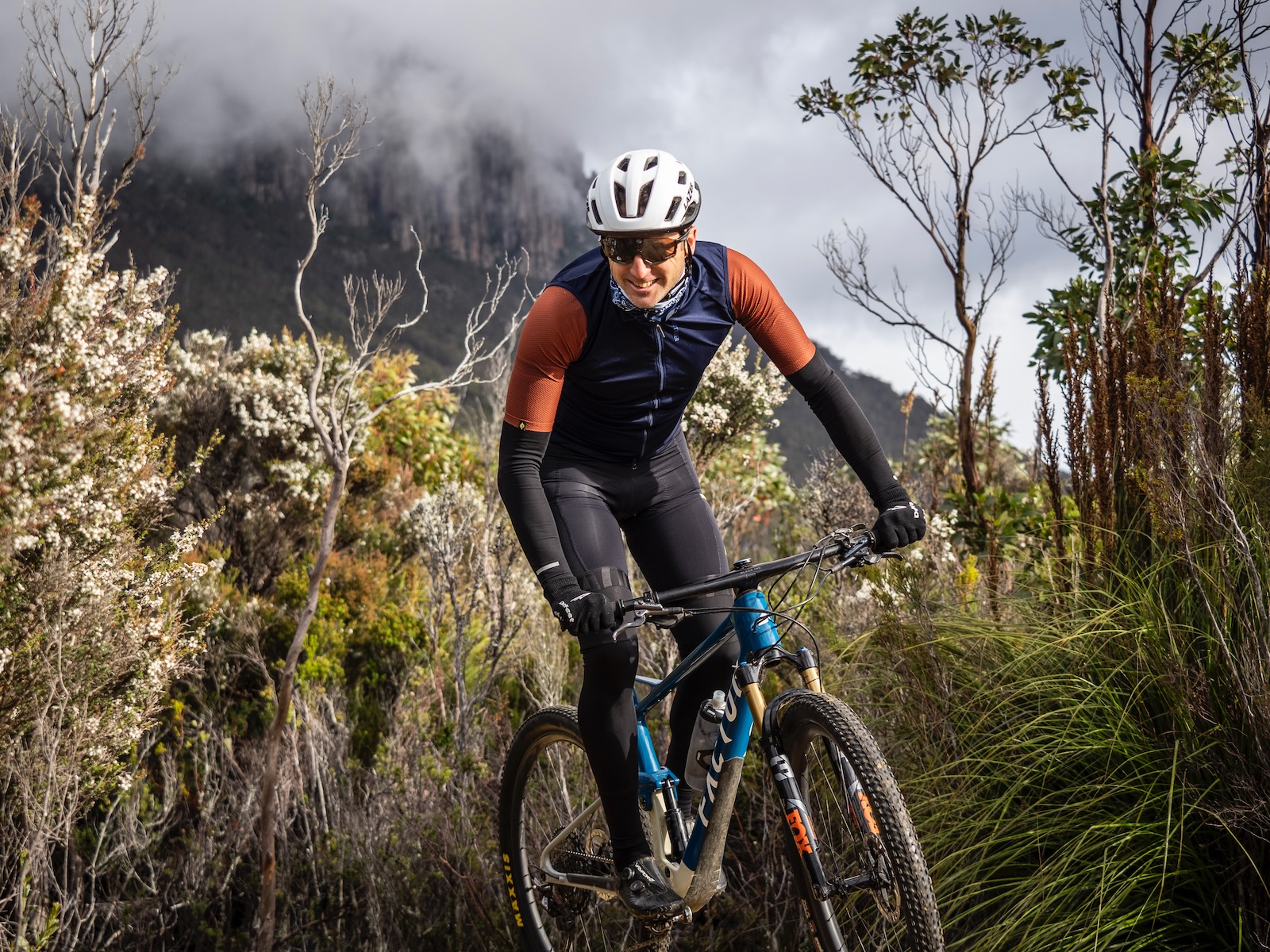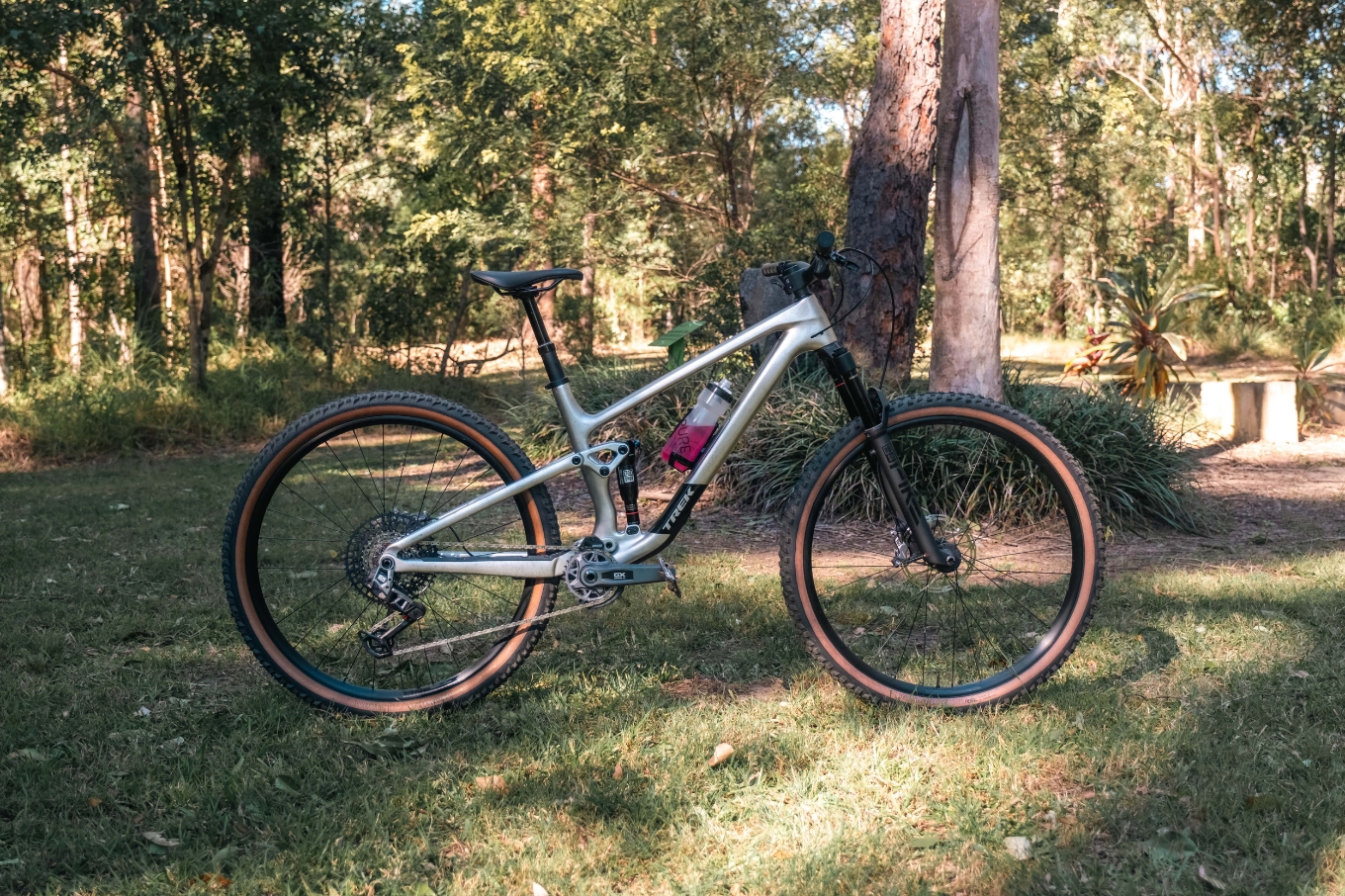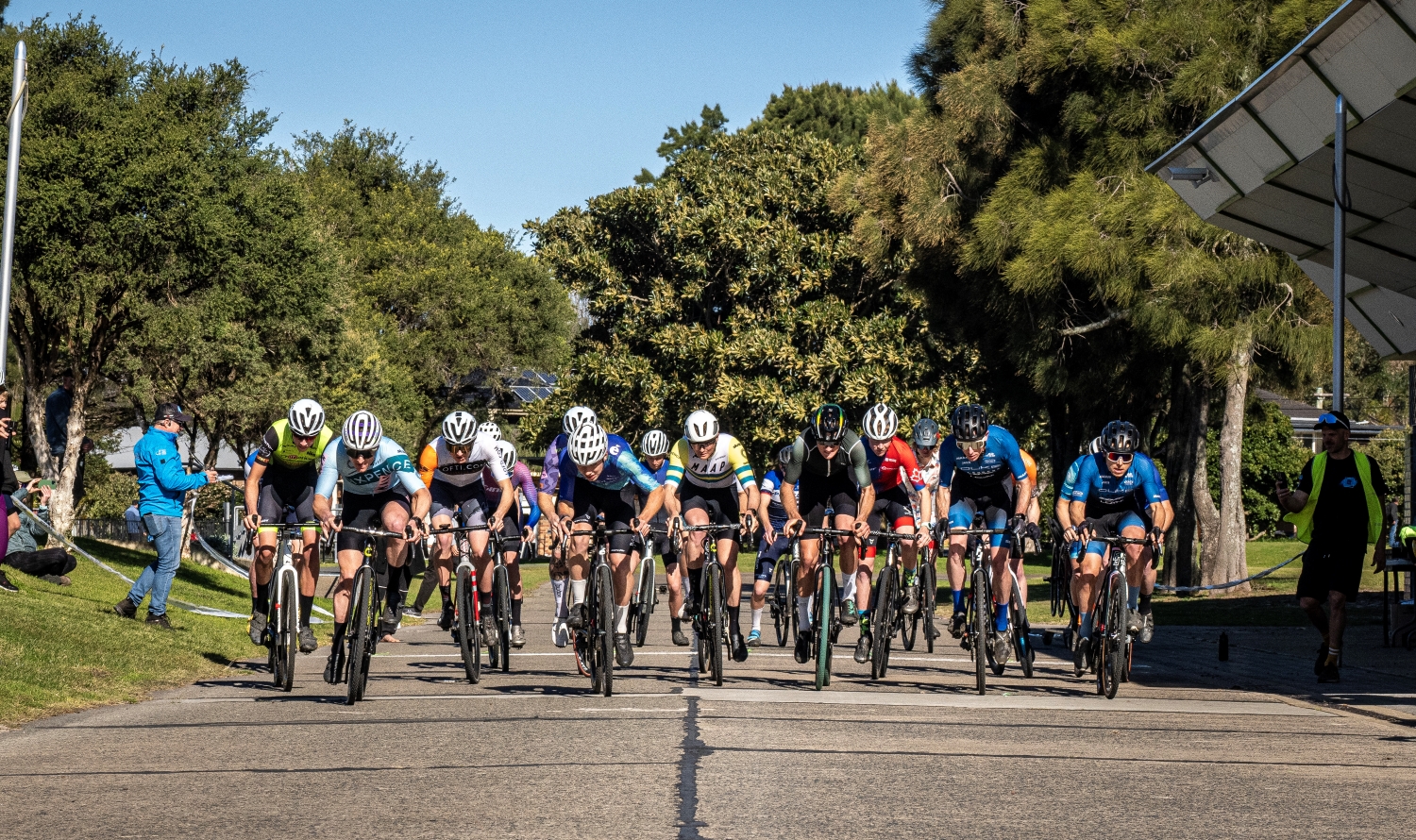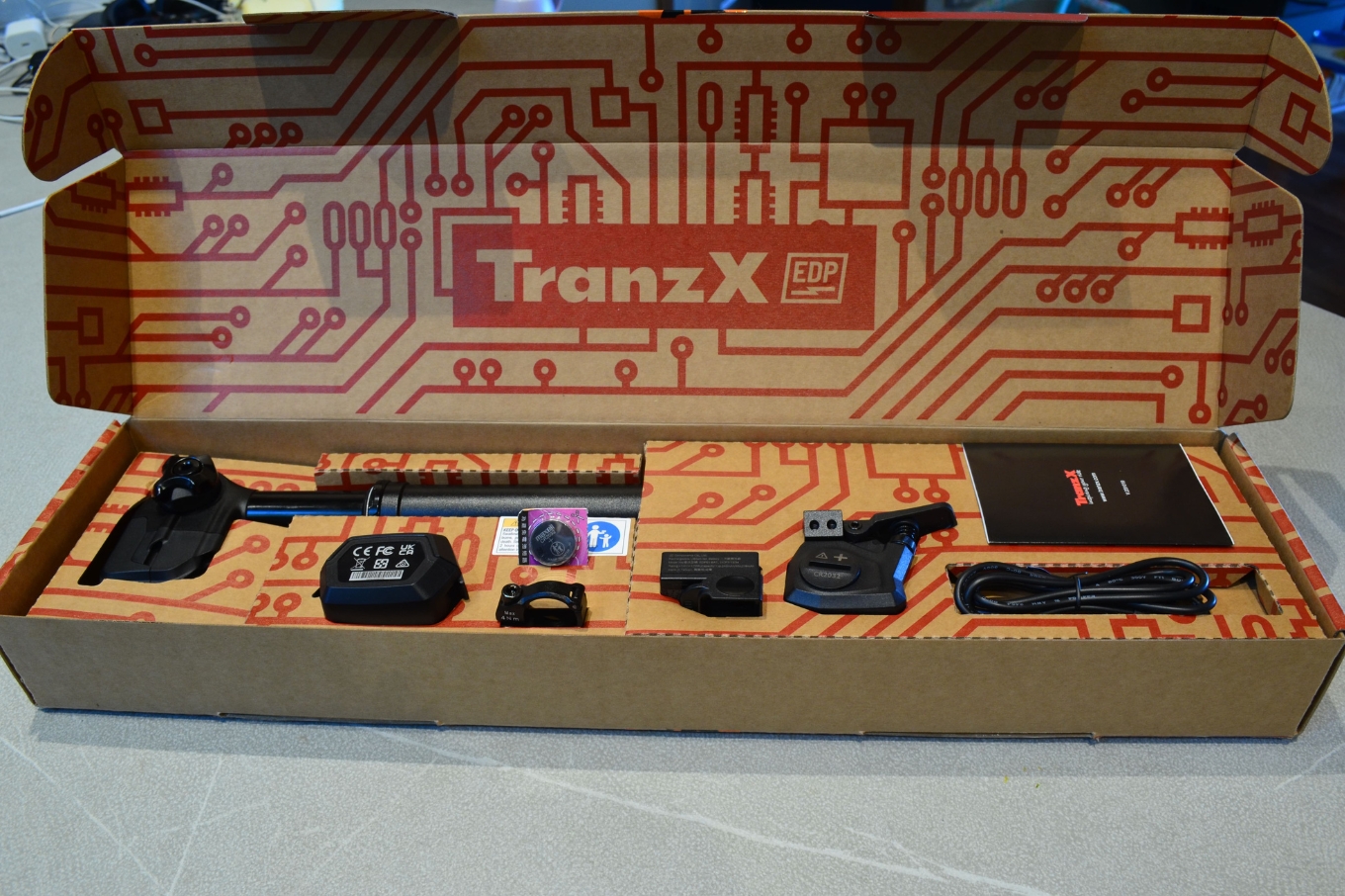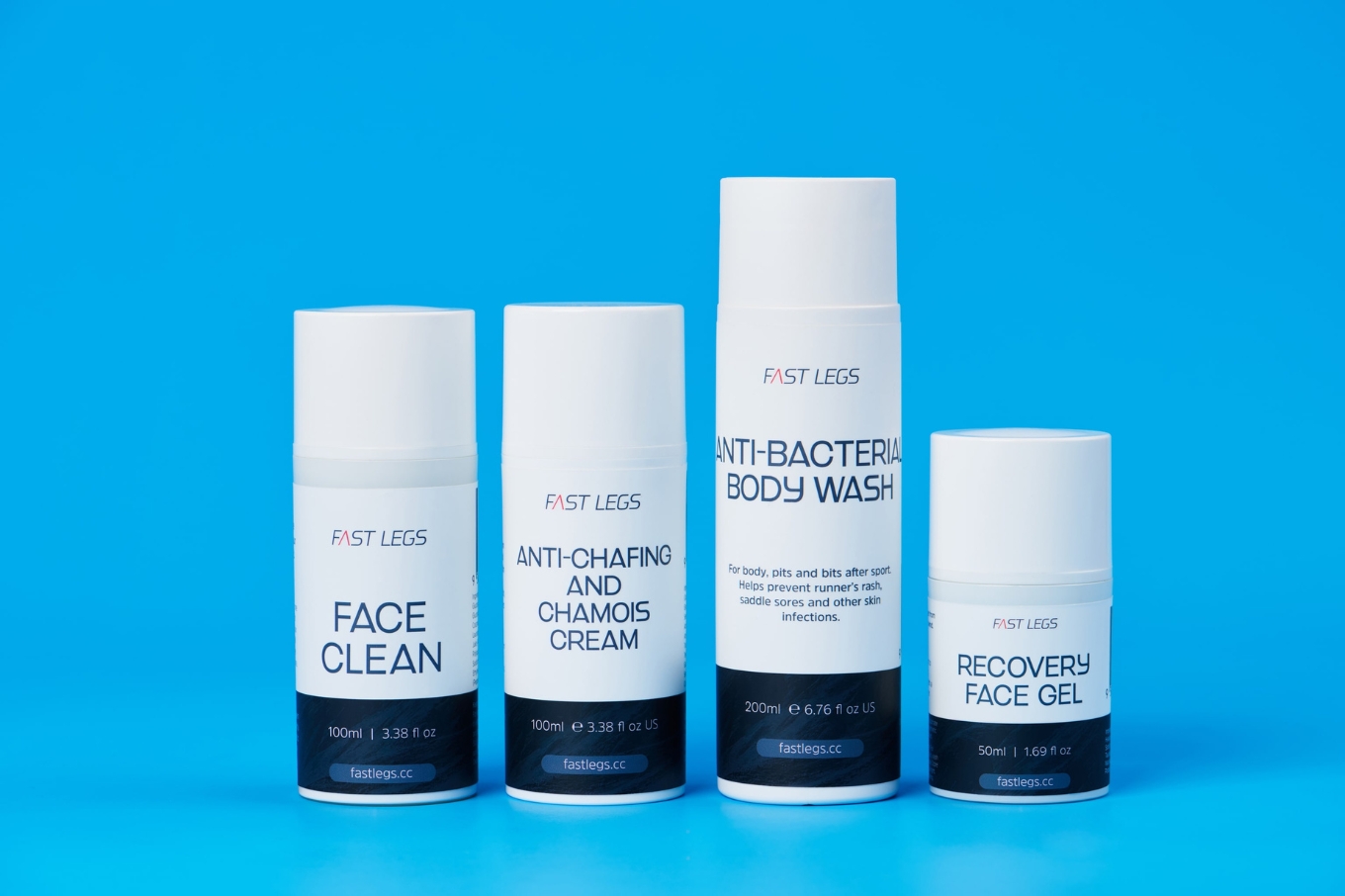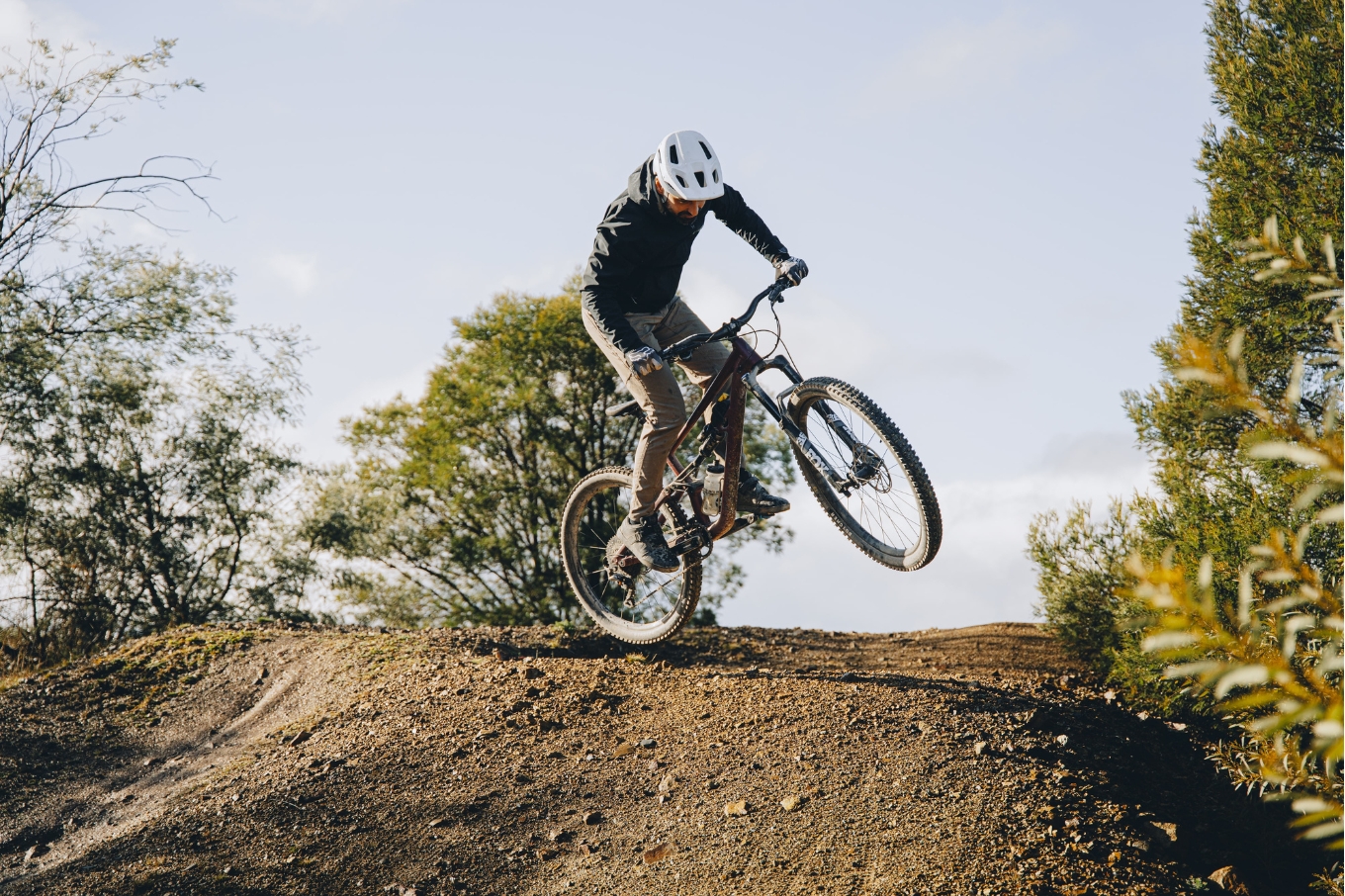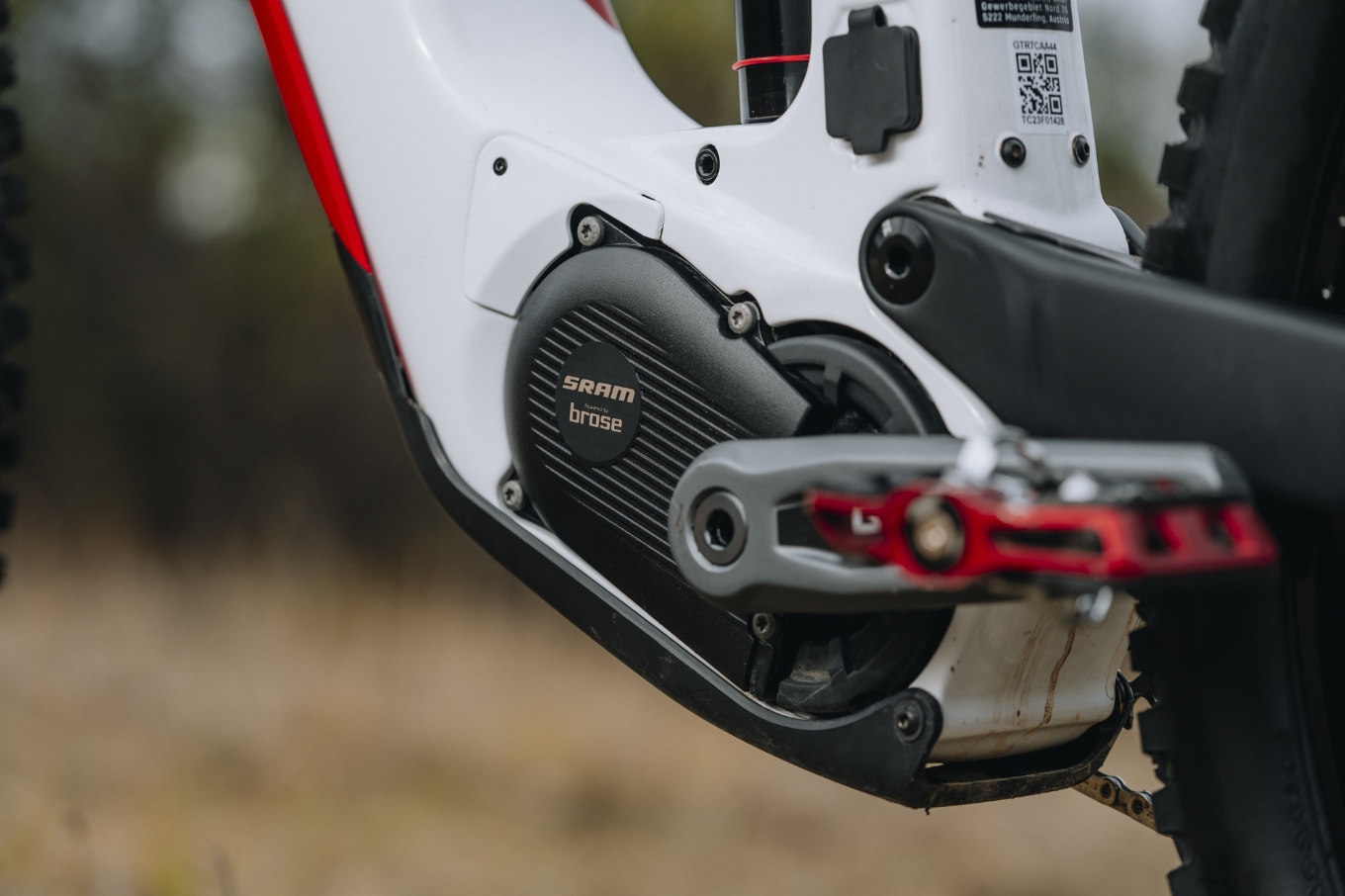Managing cycling nutrition with Type 1 diabetes
Managing nutrition with Type 1 diabetes is a balancing act - we spoke to ex-pro cyclist Justin Morris about how he manages nutrition and performance.
Words: Zoe Wilson
For athletes living with type 1 diabetes, managing blood sugar levels is a balancing act. Read on to learn about some of the key principles for maximising performance on the bike while competing with type 1 diabetes.
Type 1 diabetes occurs when beta-cells in the pancreas are destroyed meaning no insulin is being made to regulate blood sugar levels. This lack of insulin leads to a build-up of glucose (sugar) in the blood which can be life-threatening if left untreated.
People living with type 1 diabetes require daily injections of insulin to help manage blood sugar levels and prevent any complications. A healthy diet with good food variety matched with insulin and regular exercise is important for diabetes management. This means regular meals should be low GI with protein, healthy fats, and colourful non-starchy vegetables in appropriate portions. But training hard changes the game a little.
For athletes, the careful management of blood sugar levels is essential for health and performance. There are also a few more considerations to be made when thinking about applying sports nutrition principles to maximise performance on the bike.
Athletes with type 1 diabetes need to have a good understanding of how exercise impacts their blood sugar levels so it can be managed and kept within an ideal range. Endurance sports tend to reduce blood sugar levels whereas anaerobic/power sports tend to increase blood sugar levels. Mixed sports (such as team sports) tend to stabilise blood sugar levels during exercise but drop them afterwards. The duration and intensity of the exercise session as well as the timing of insulin injections also need to be considered.
To find out what this looks like in practice, we spoke with Justin Morris, an ex-professional cyclist and current ambassador for Team Novo-Nordisk (www.teamnovonordisk.com), the world’s first all-diabetes professional cycling team who ride with the goal of showing what is possible with diabetes.
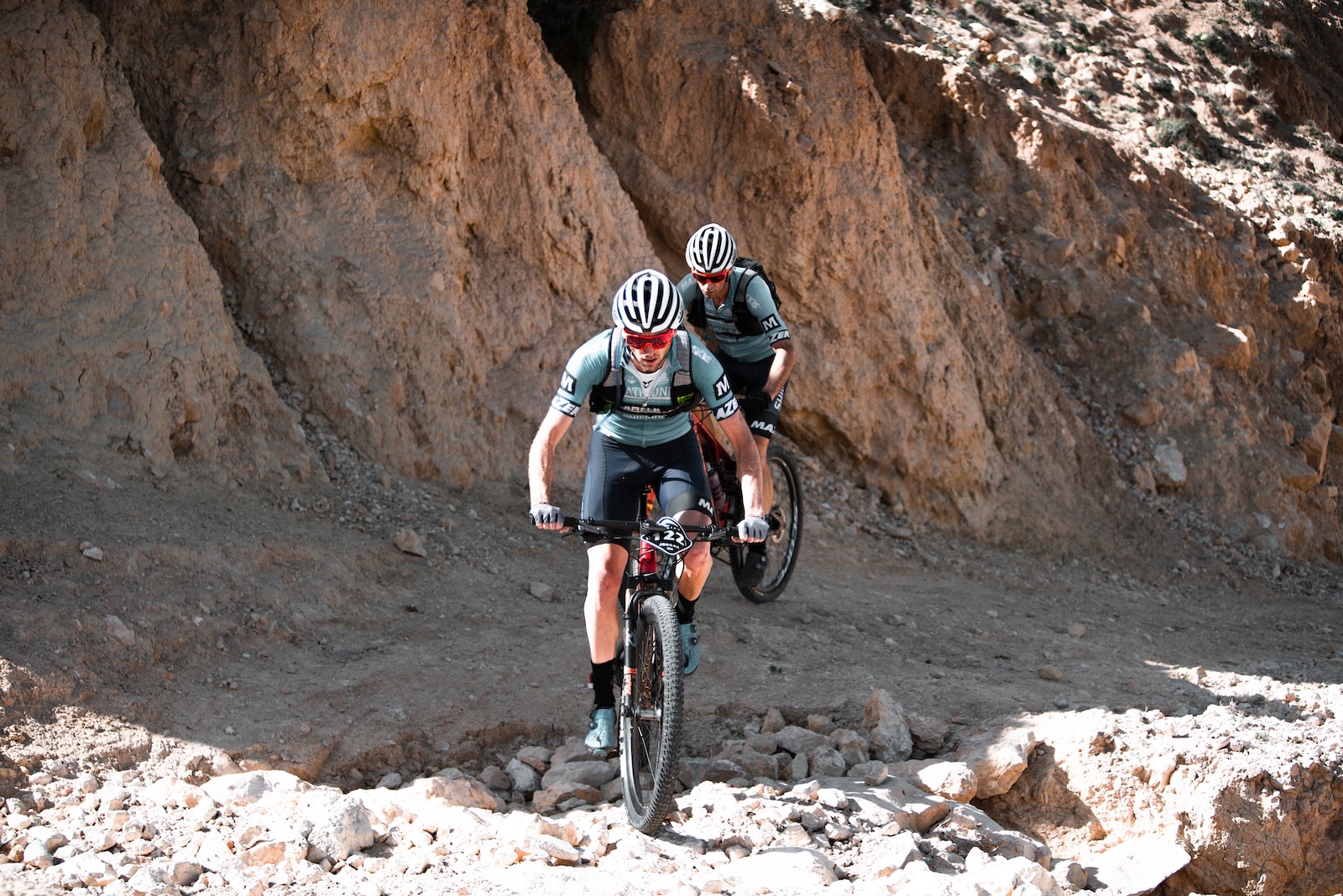
Morris was diagnosed with type 1 diabetes at 10 years old. He fell in love with mountain bike riding to and from school and was inspired to pursue a career as a professional rider after watching the 1999 XC World Cup. He raced in Australia on road and mountain bikes with his local club and NSW-based NRS team, GPM, from 1999-2009, before racing on the USA-based professional road team, Team Novo Nordisk for 5 years. He has also raced in mountain bike events around the world for the past 10 years with the MarathonMTB.com team.

Morris explains, “Nutrition and insulin dosages are crucial for me with type 1 diabetes. Endurance exercise and insulin both put downward pressure on the sugar in my blood, so it is a delicate balancing act to ensure you do not have too much insulin on board before a ride.”
Measuring blood sugar levels is key. “Nowadays, thanks to government support in Australia, I am very grateful to be able to use Continuous Glucose Monitoring technology which sends an alarm to my phone to alert me when the sugar level in my blood is getting too low or high.” You might have heard of continuous glucose monitoring as it is becoming more and more popular with professional and amateur endurance athletes without diabetes to track and monitor blood sugar levels and their impact on athletic performance. “Previously I was solely reliant on my own sensations which was mostly reliable… or a fingerprick device which measures the level of sugar in the blood through a strip in a device about the size of a phone”.
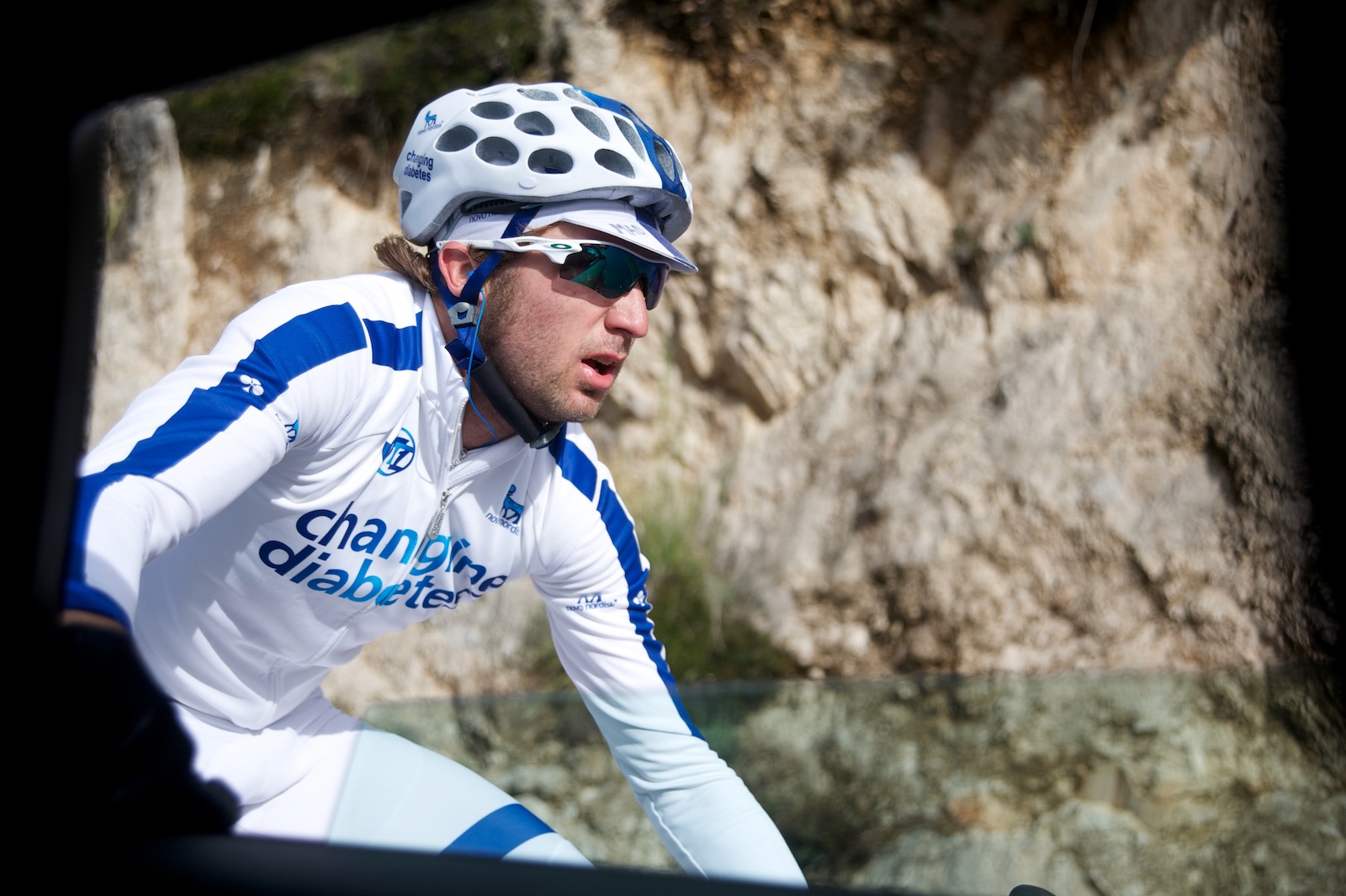
Knowing what to eat and drink during a ride is also part of the equation. “Mid-ride nutrition is the main strategy I have to consider to balance the effects of insulin and exercise,” says Morris. “You will never see me riding without food. I carry all different kinds of carbohydrates so I can avert my blood sugar from going too low with some fast-acting carbohydrates, and keep it at an appropriate level with some longer-acting carbohydrates.” This is, in fact, not too dissimilar to what non-diabetic athletes do, especially with more recent research showing the benefits of high carbohydrate consumption for performance.
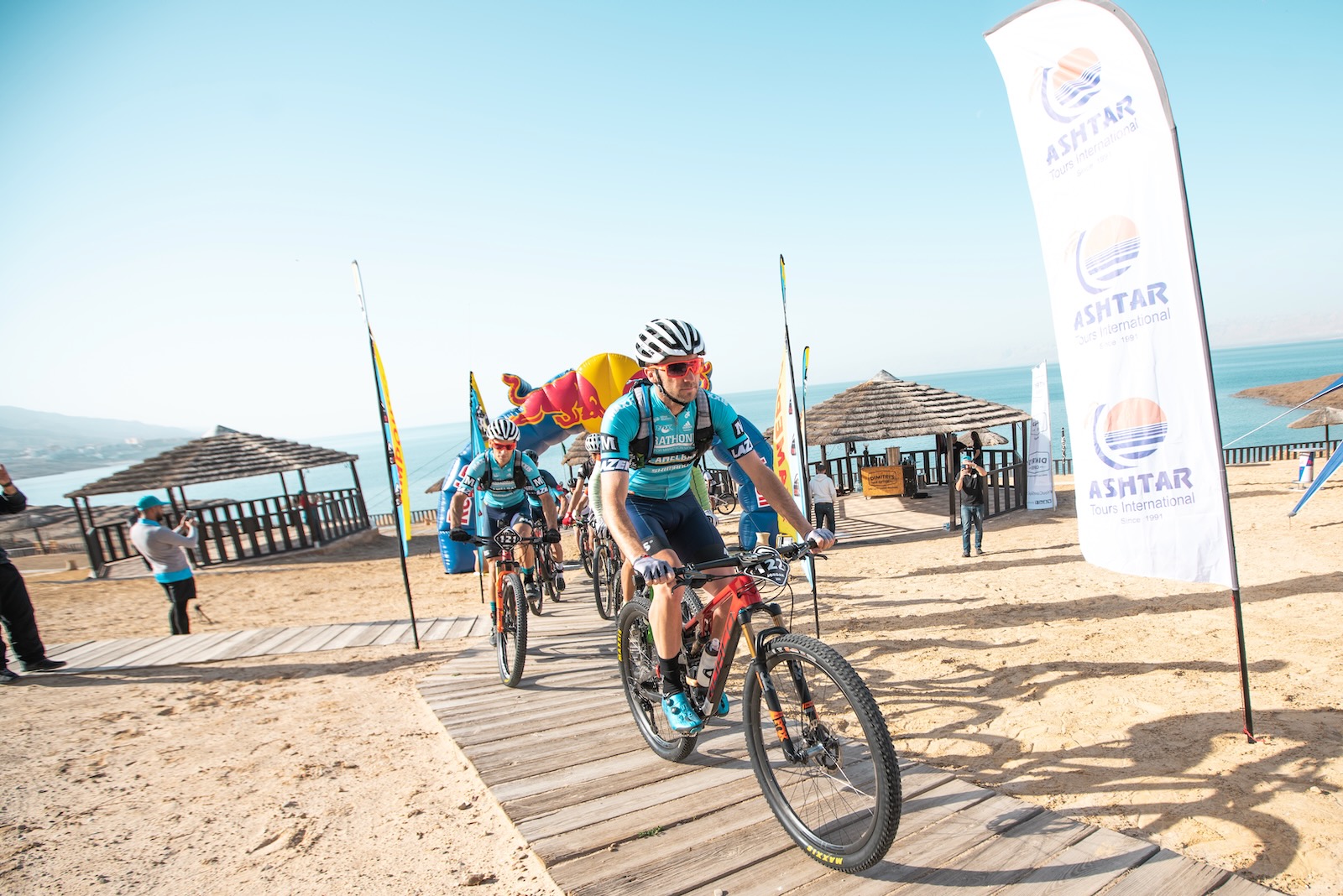
Race nutrition is another story again! Morris explains that nerves or stress put upward pressure on his blood sugar levels, making him feel lethargic and as though his legs are full of cement. He says though that he needs to be very conscious of not overcorrecting as once the race gets going, the effect of endurance exercise reduces blood sugar levels. “It is another balancing act I have come to negotiate better with experience, but no 2 days are ever the same with T1D, I still make mistakes”.
And if he does make a mistake and his blood sugar levels drop too low? “I need to get high GI carbs in ASAP. This is where being prepared is crucial. Generally, I find liquid carbs like soft drink, or lollies such as jellybeans, work quickest for me in arresting low blood sugar levels”.
Looking for more Nutrition advice from Zoe? Find all our nutrition features here.
As you can see, managing a health condition such as type 1 diabetes does take work, but with experience, and professional advice from a diabetes healthcare team, doesn’t have to stop you from being active or pursuing a career as a professional athlete. If you need help with managing sport and blood sugar levels, speak to you Diabetes Educator and a Sports Dietitian for tailored advice.
Love what we do? Why not subscribe?


